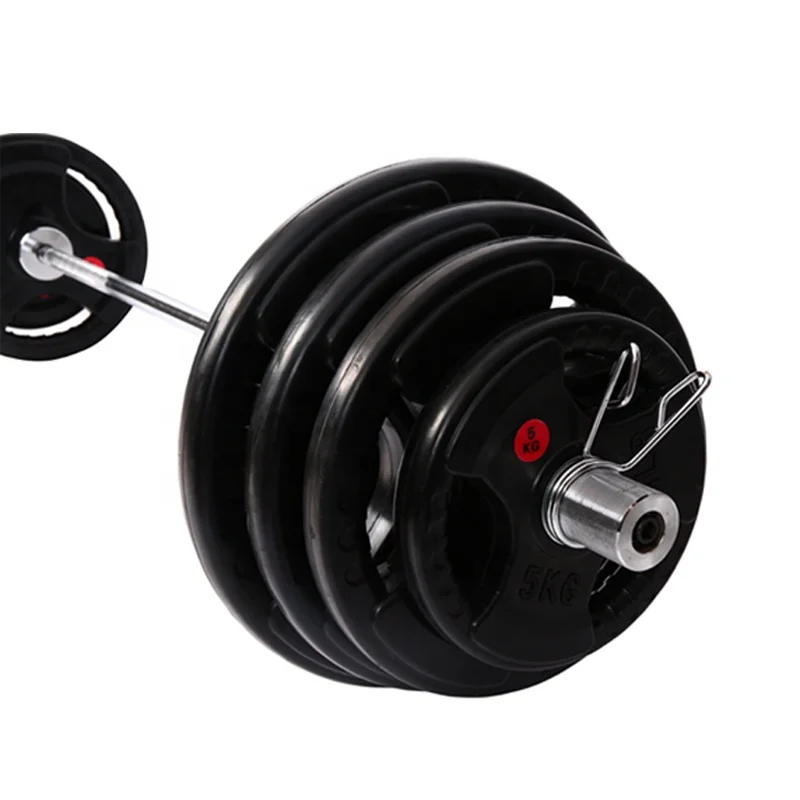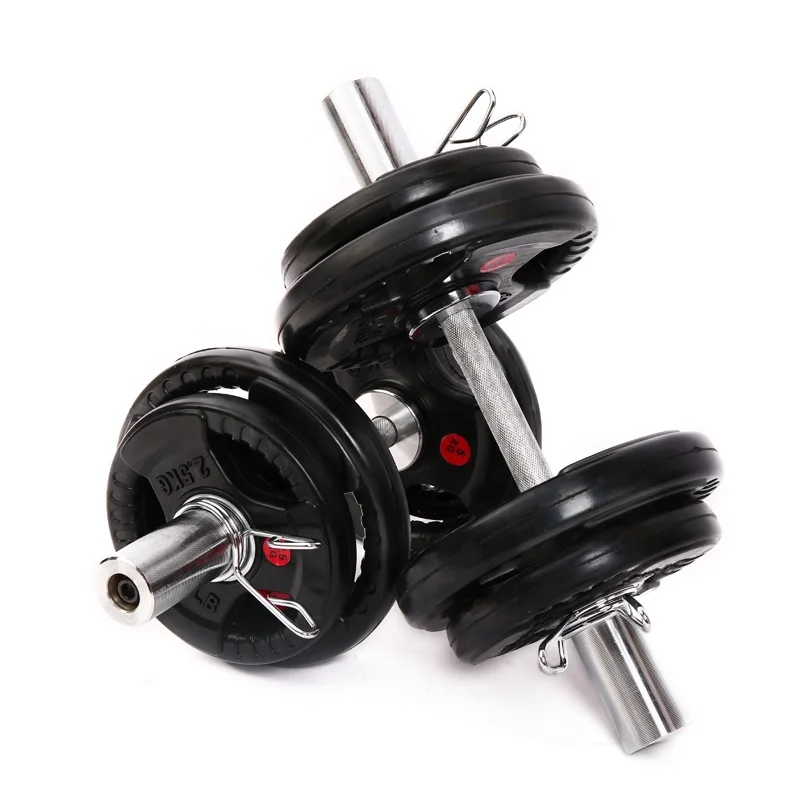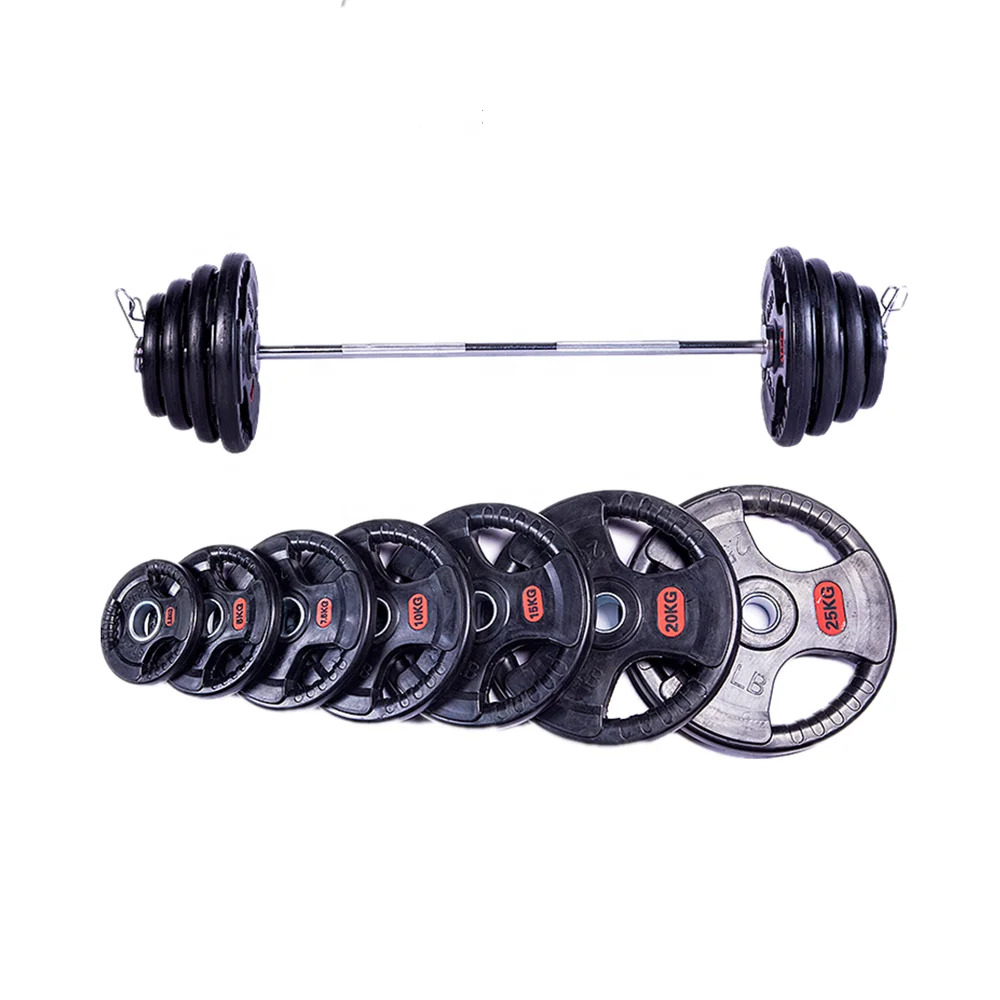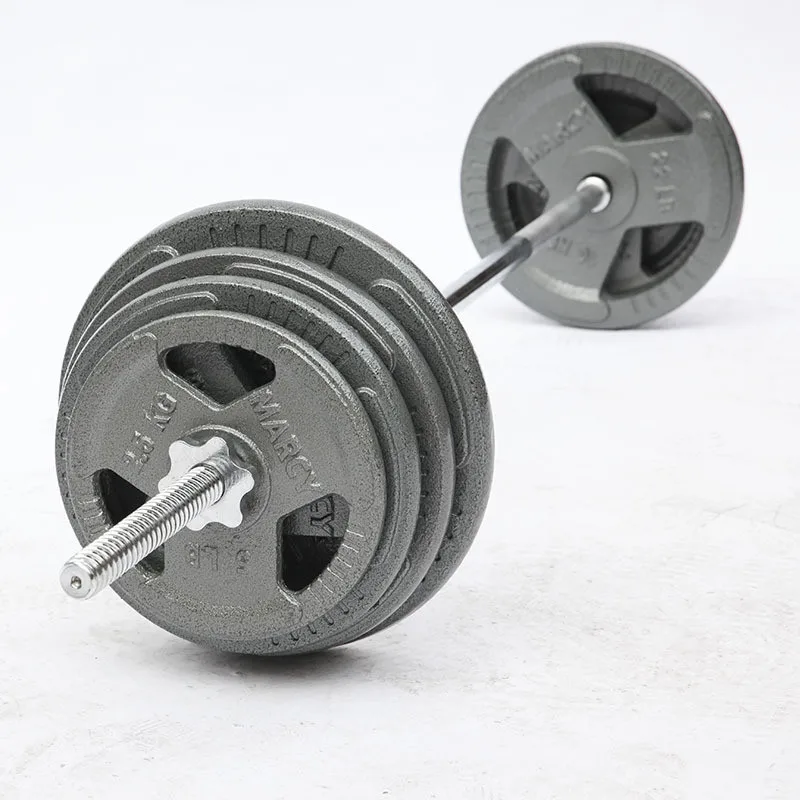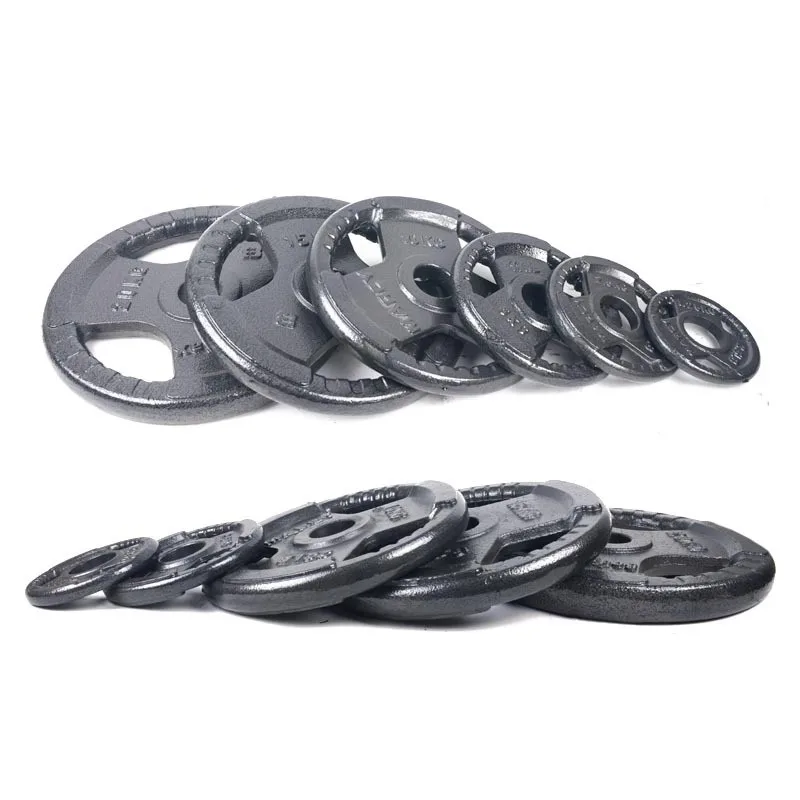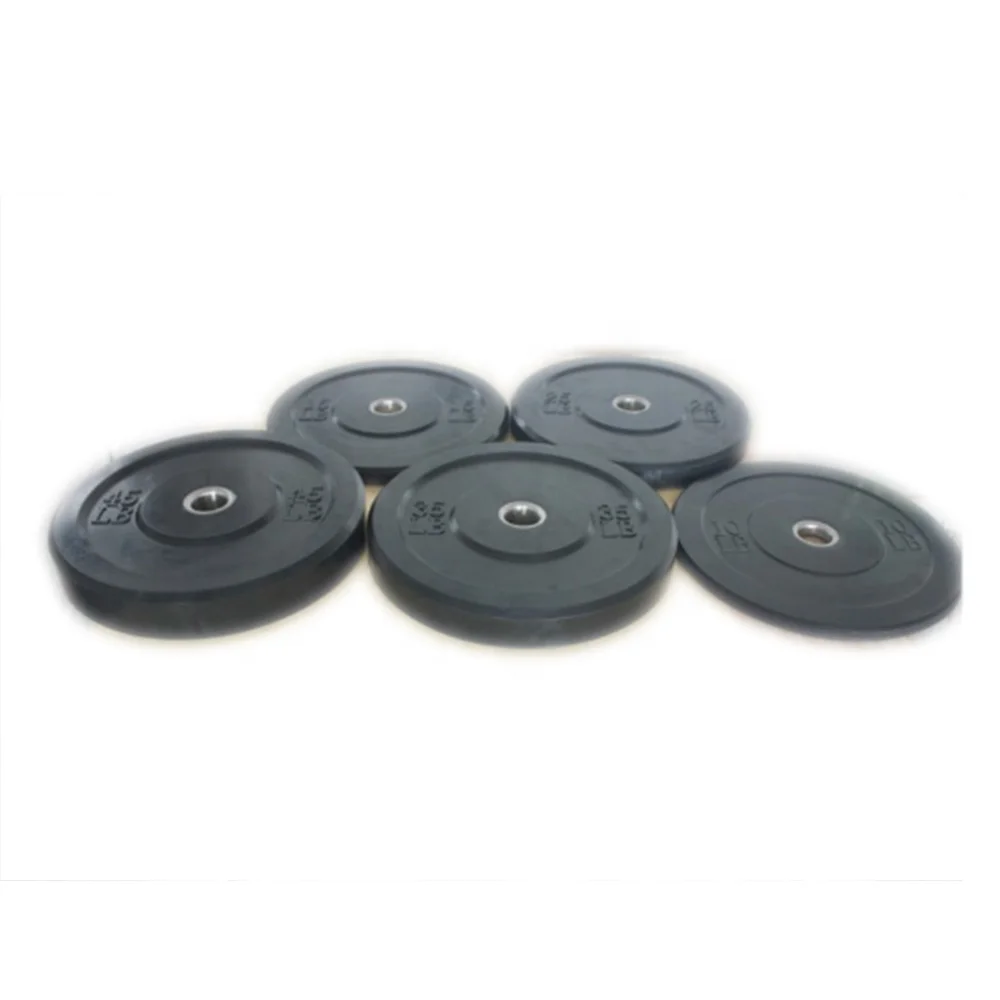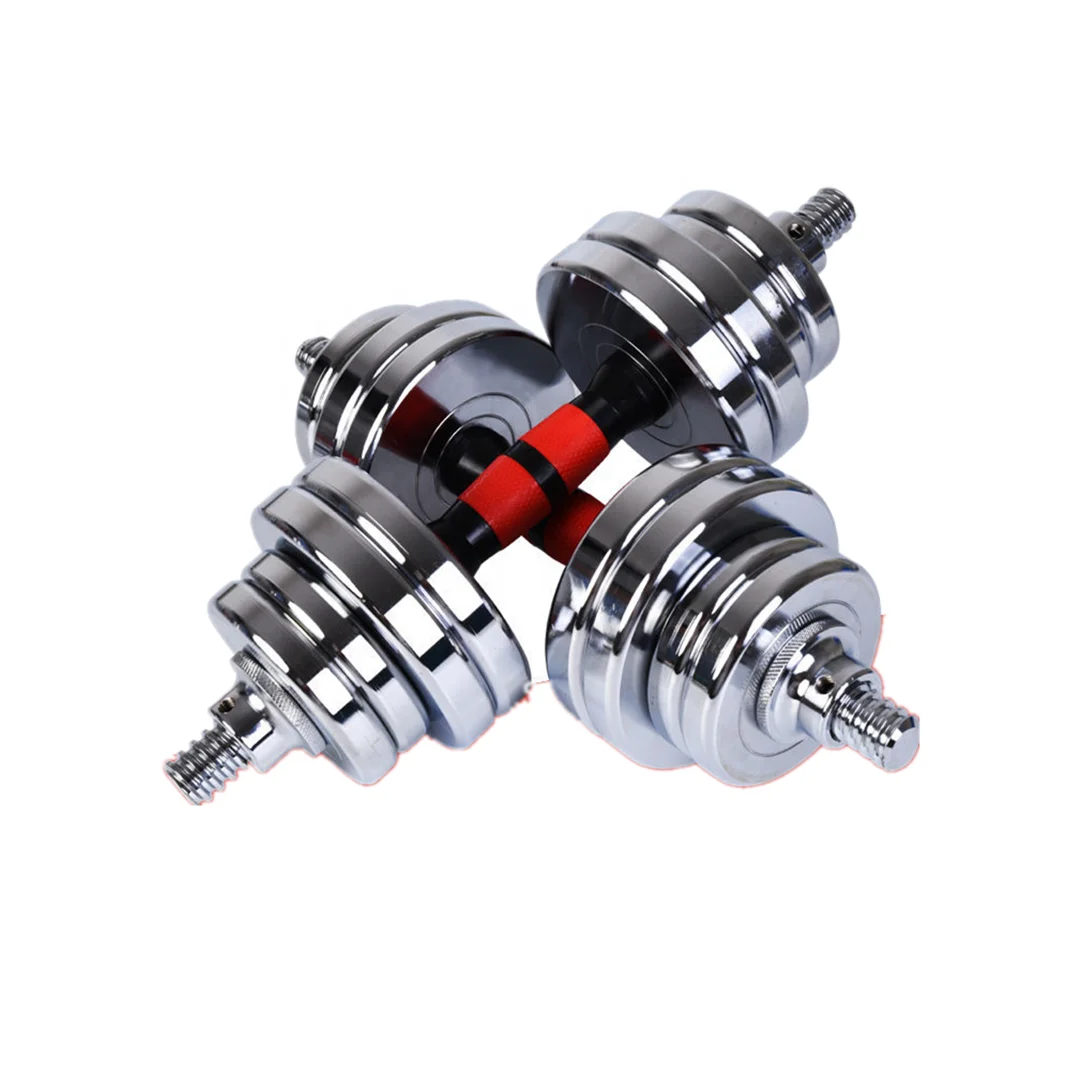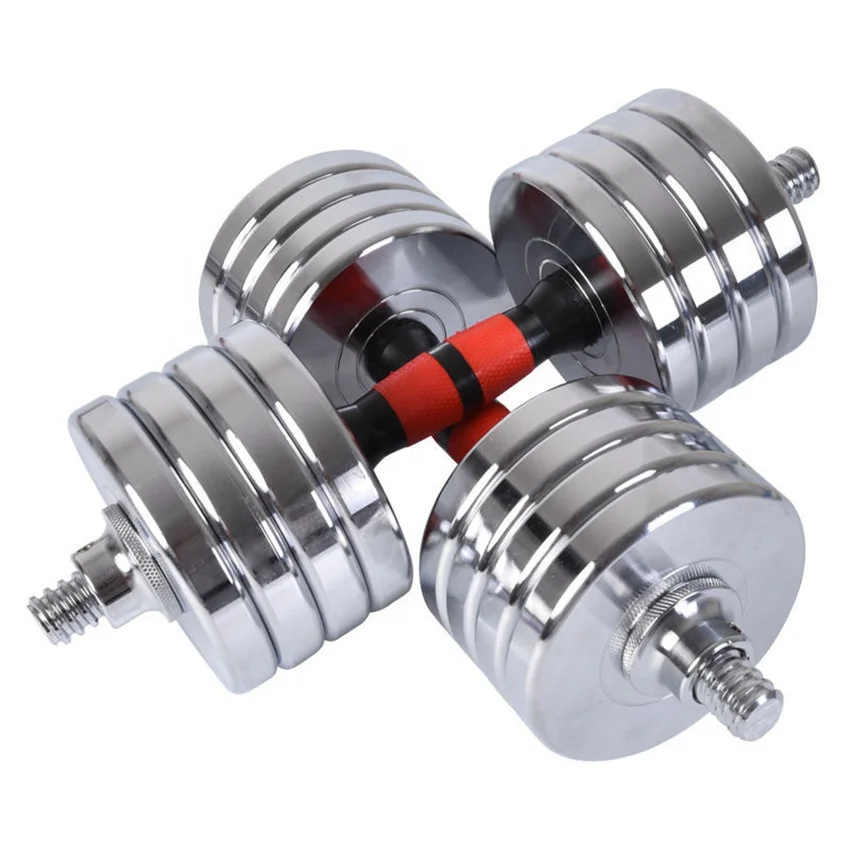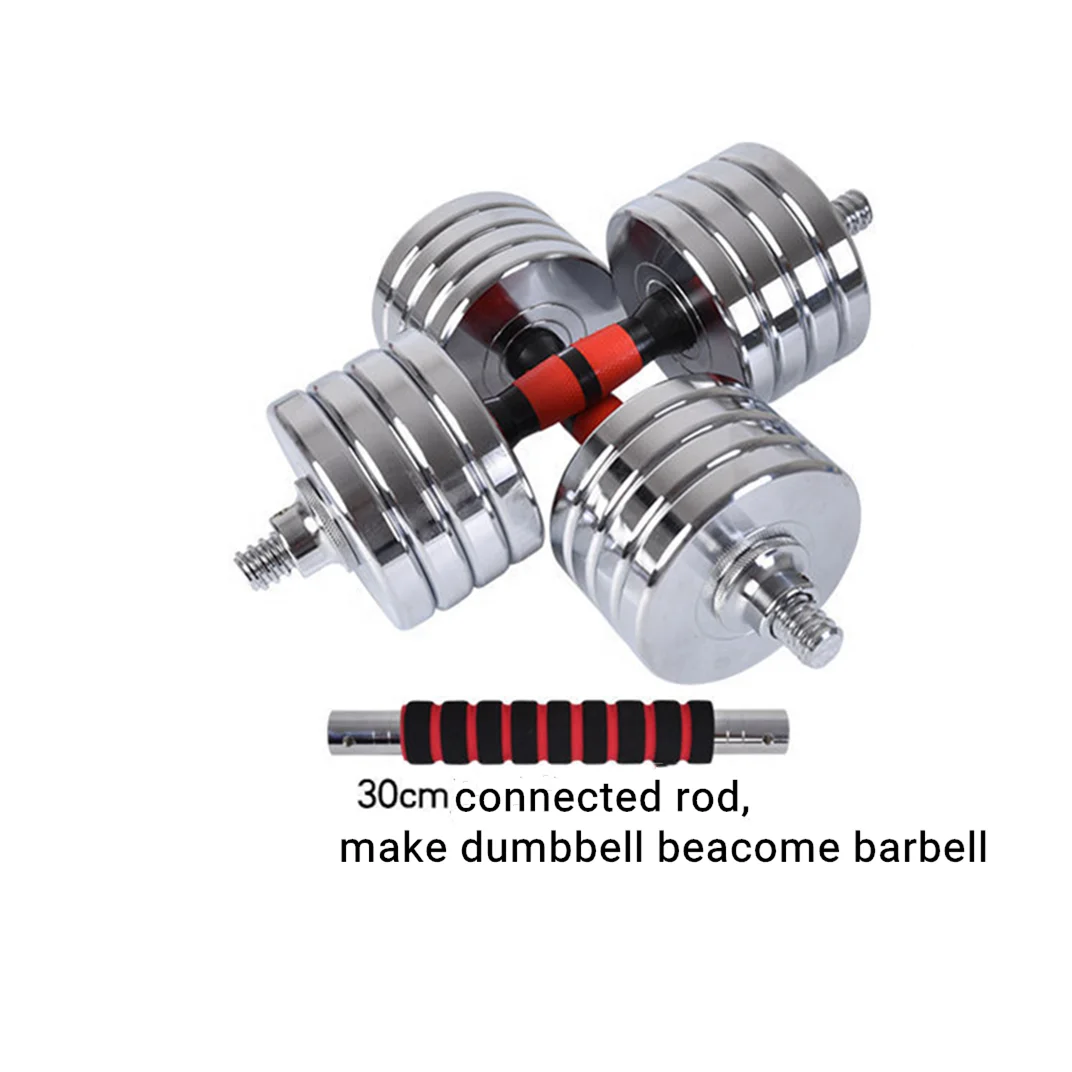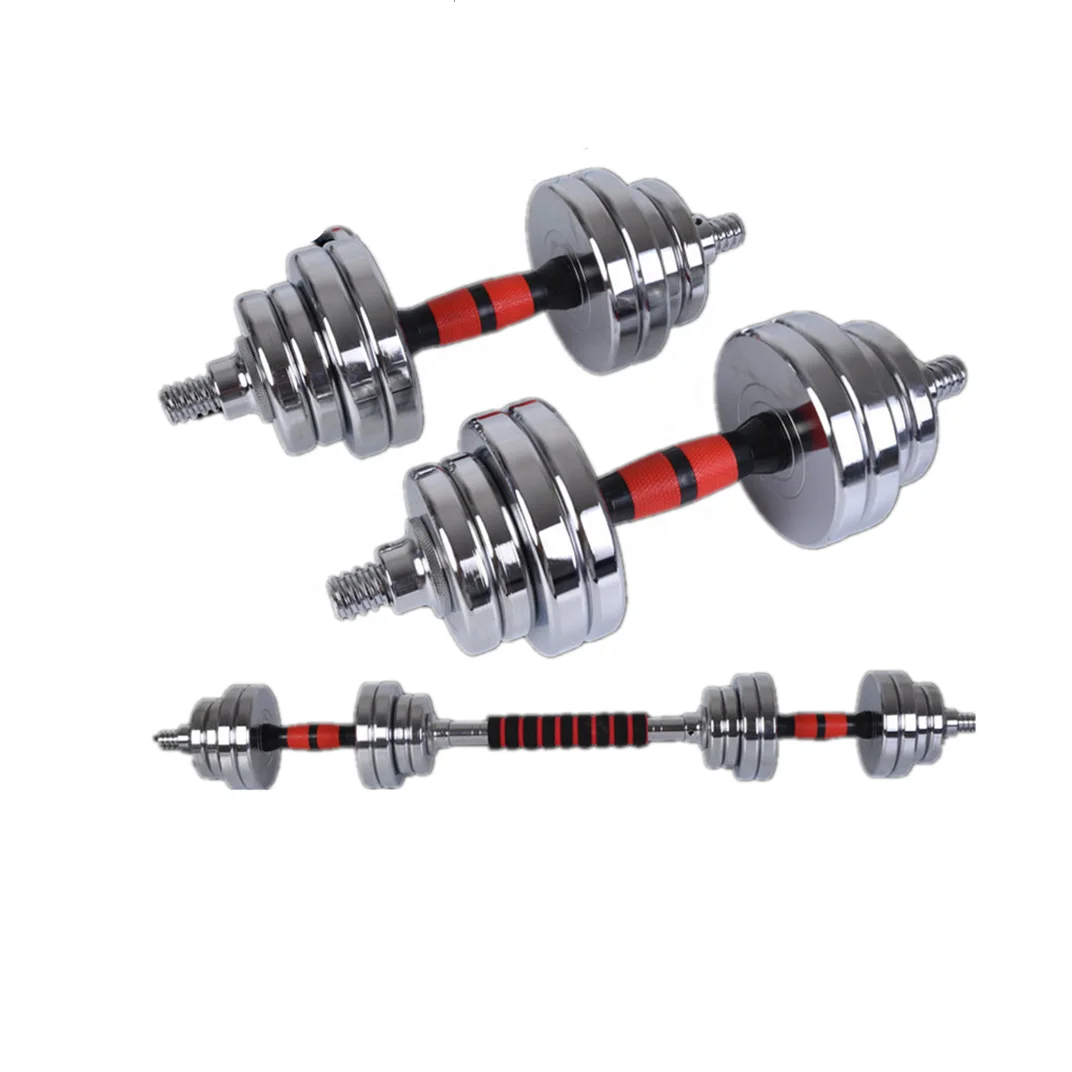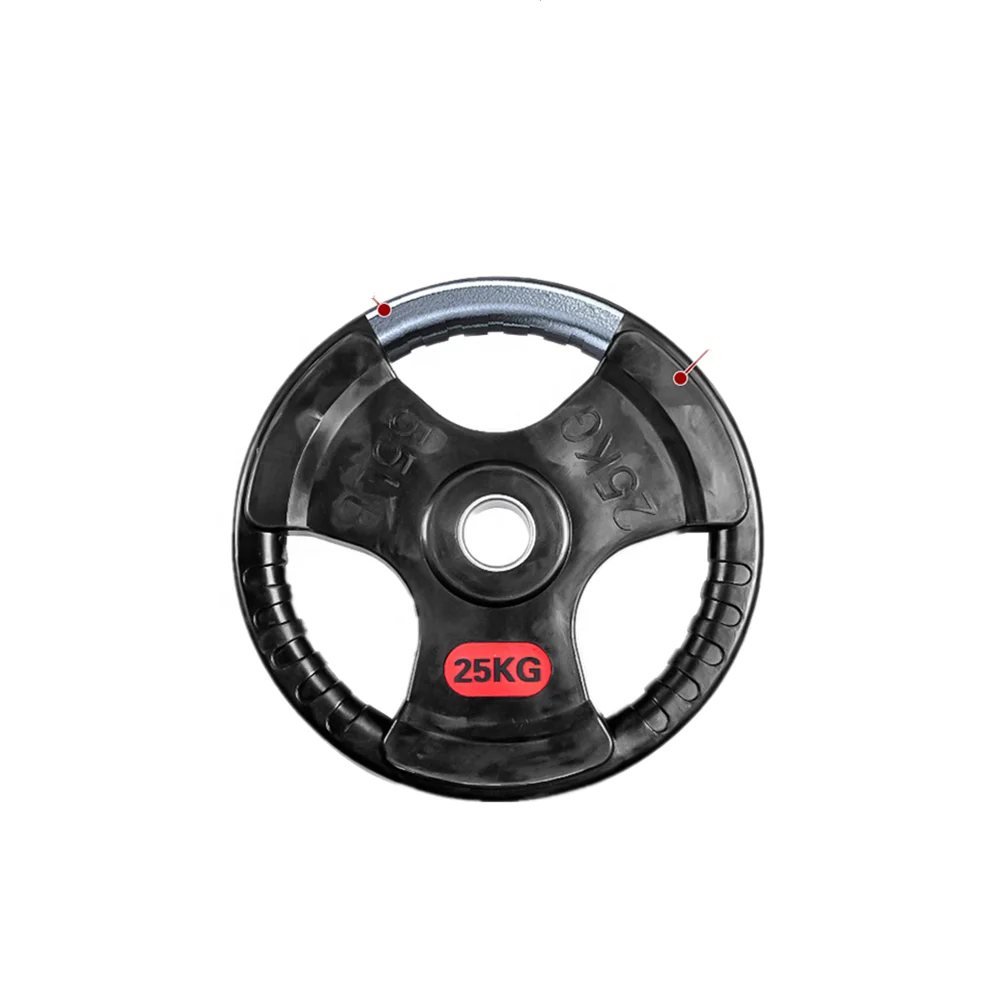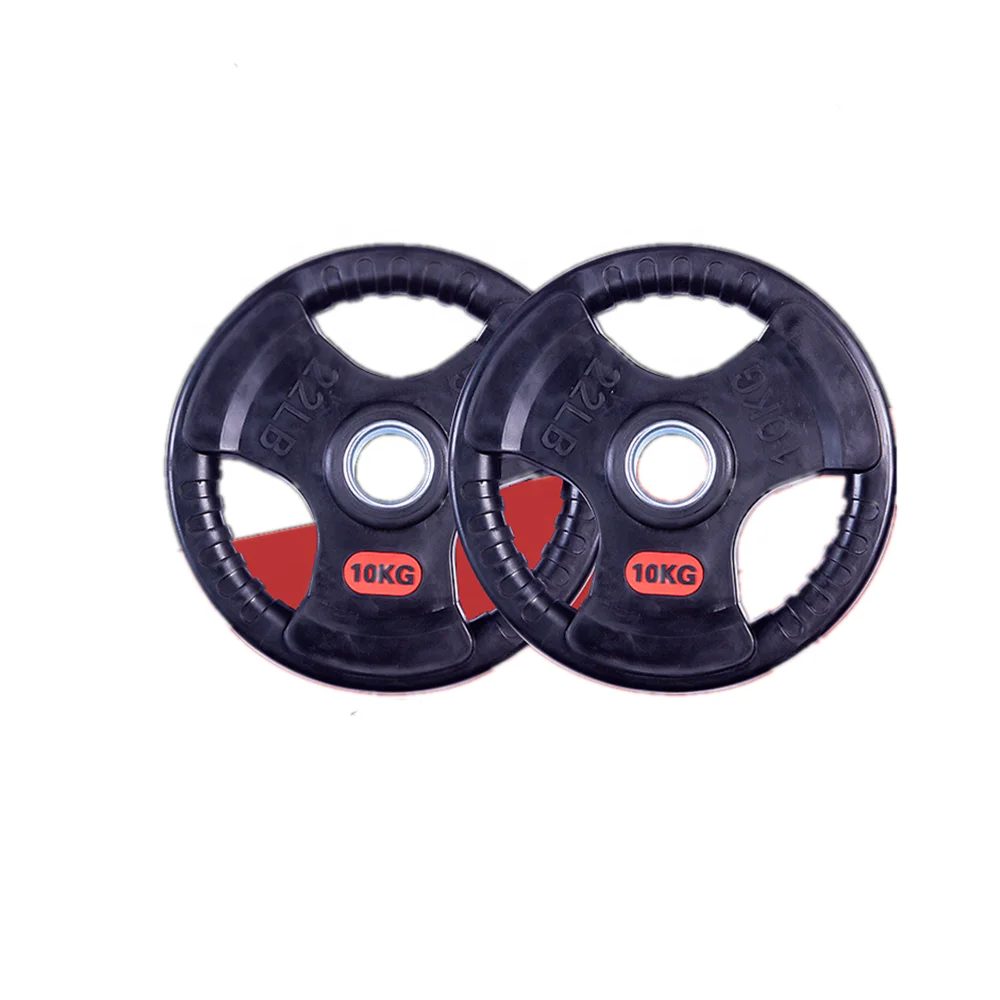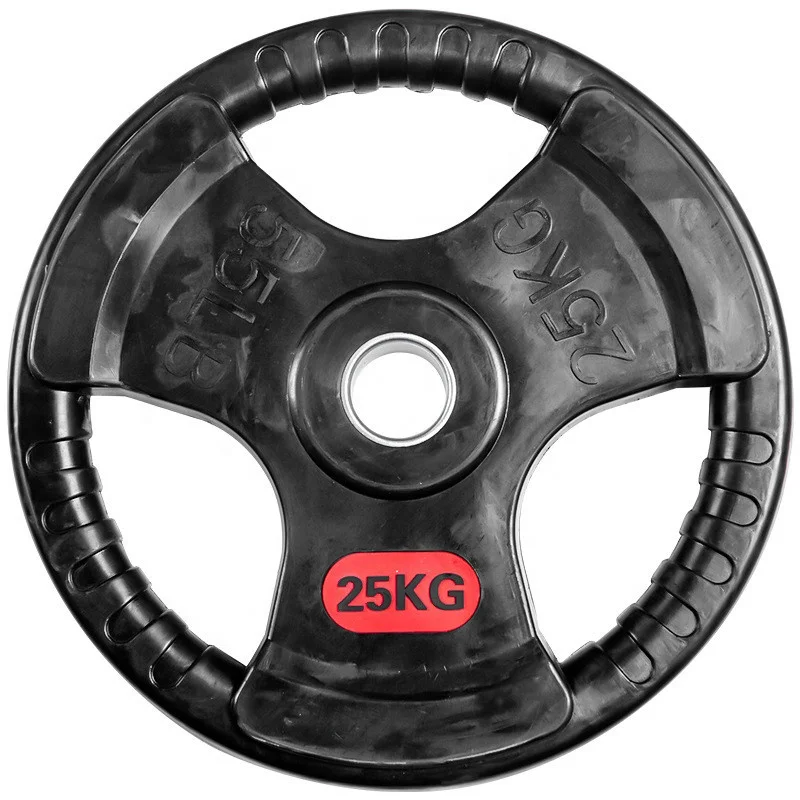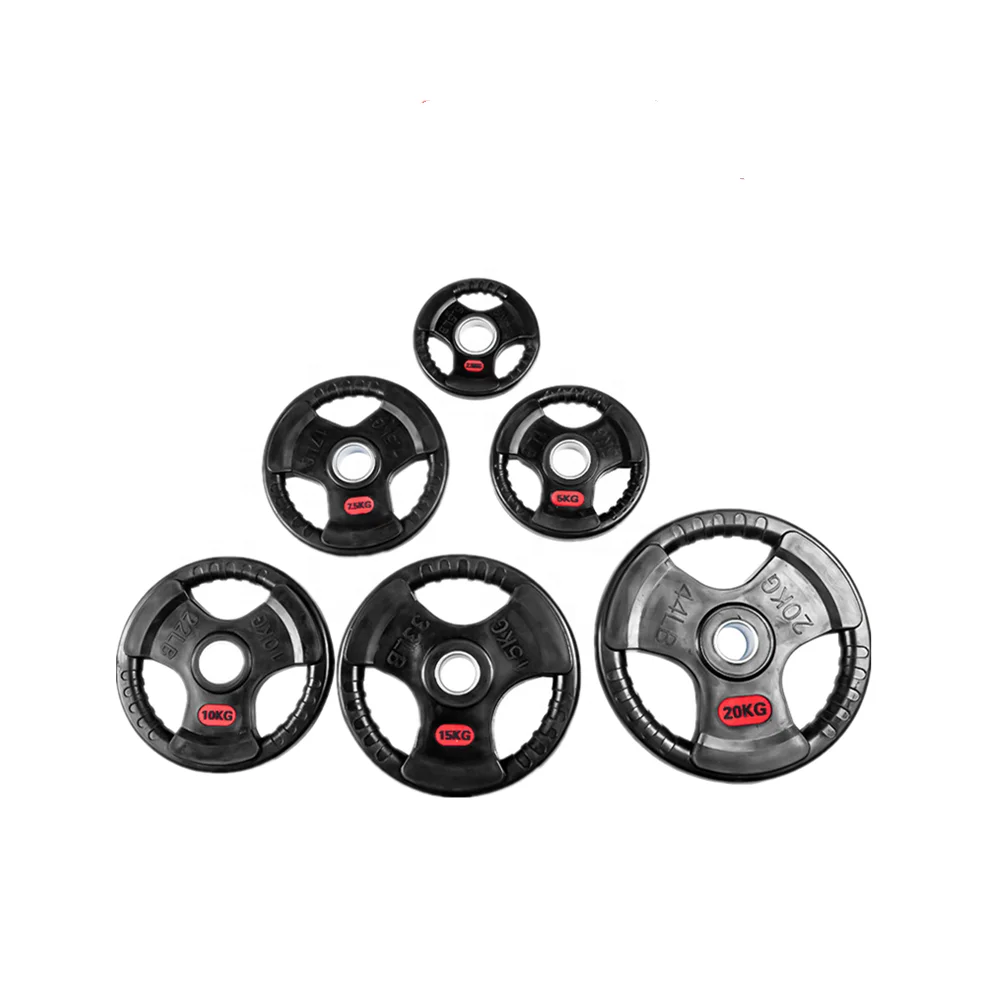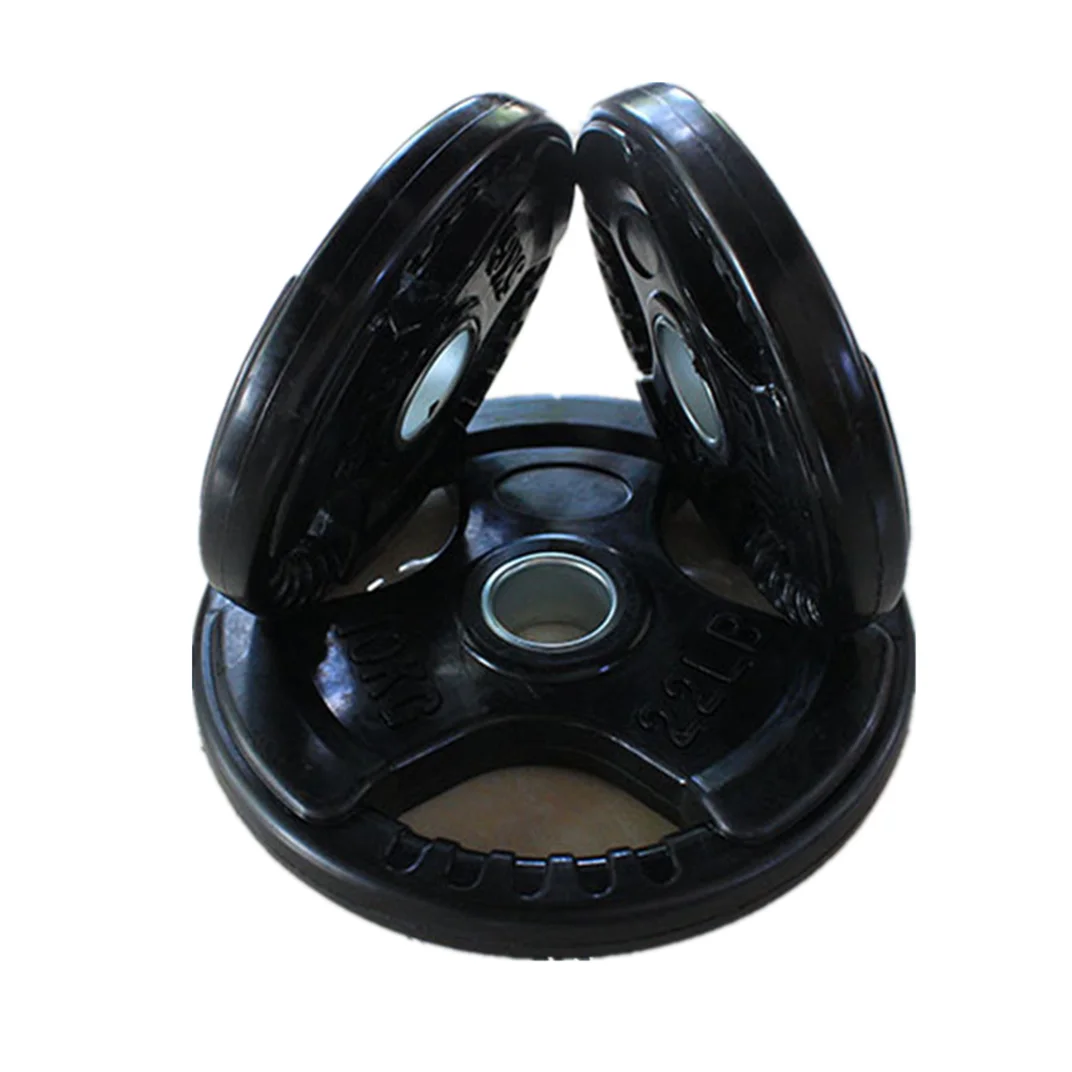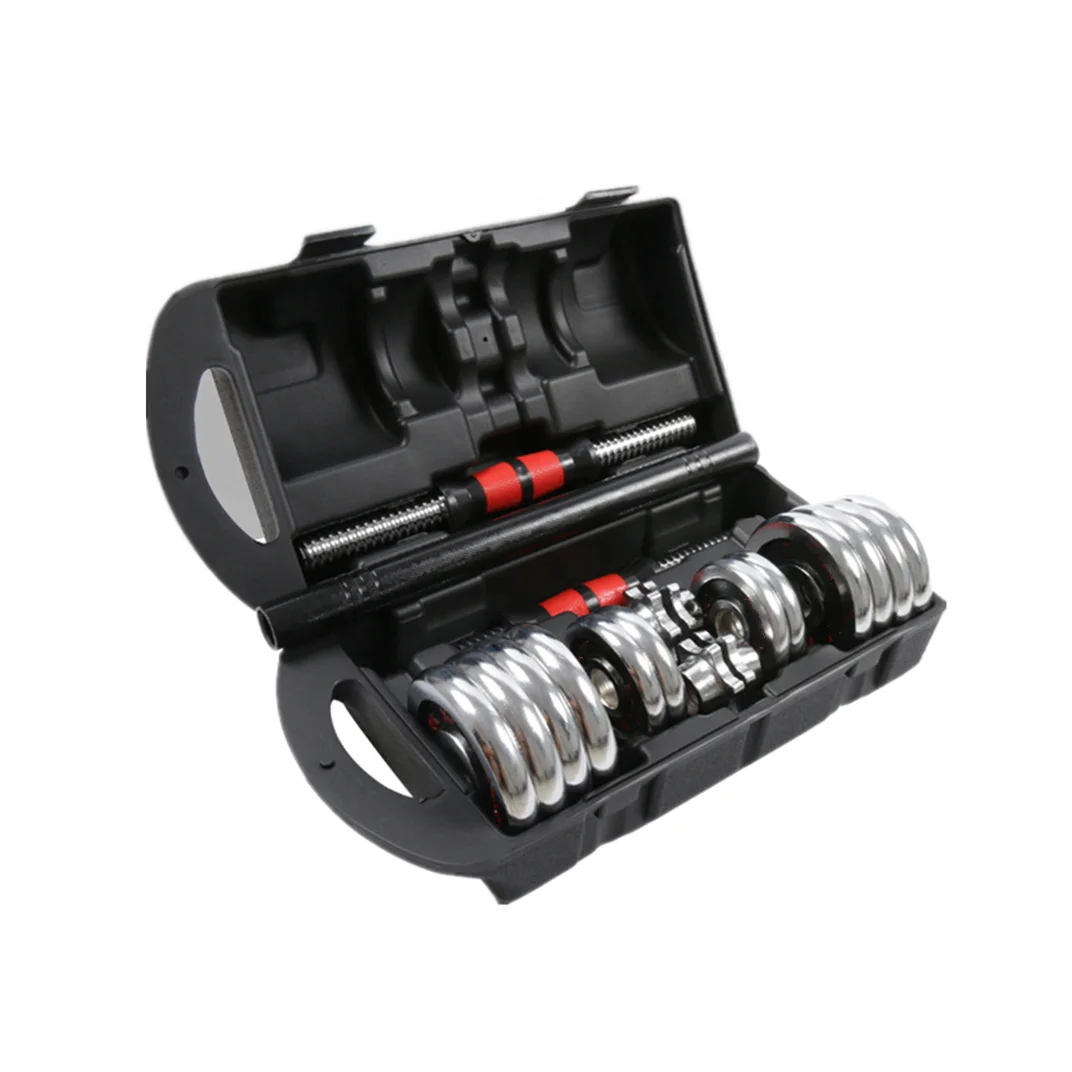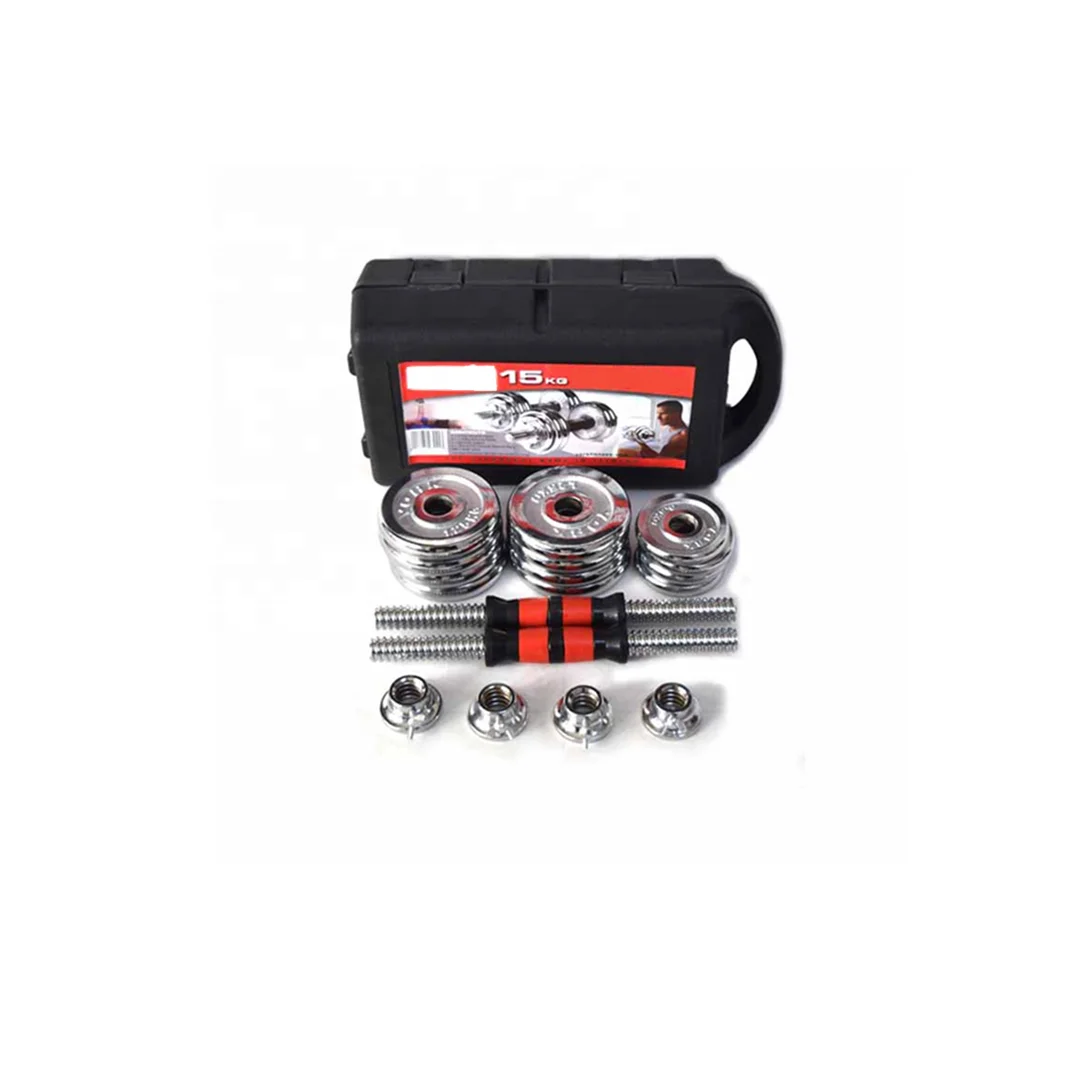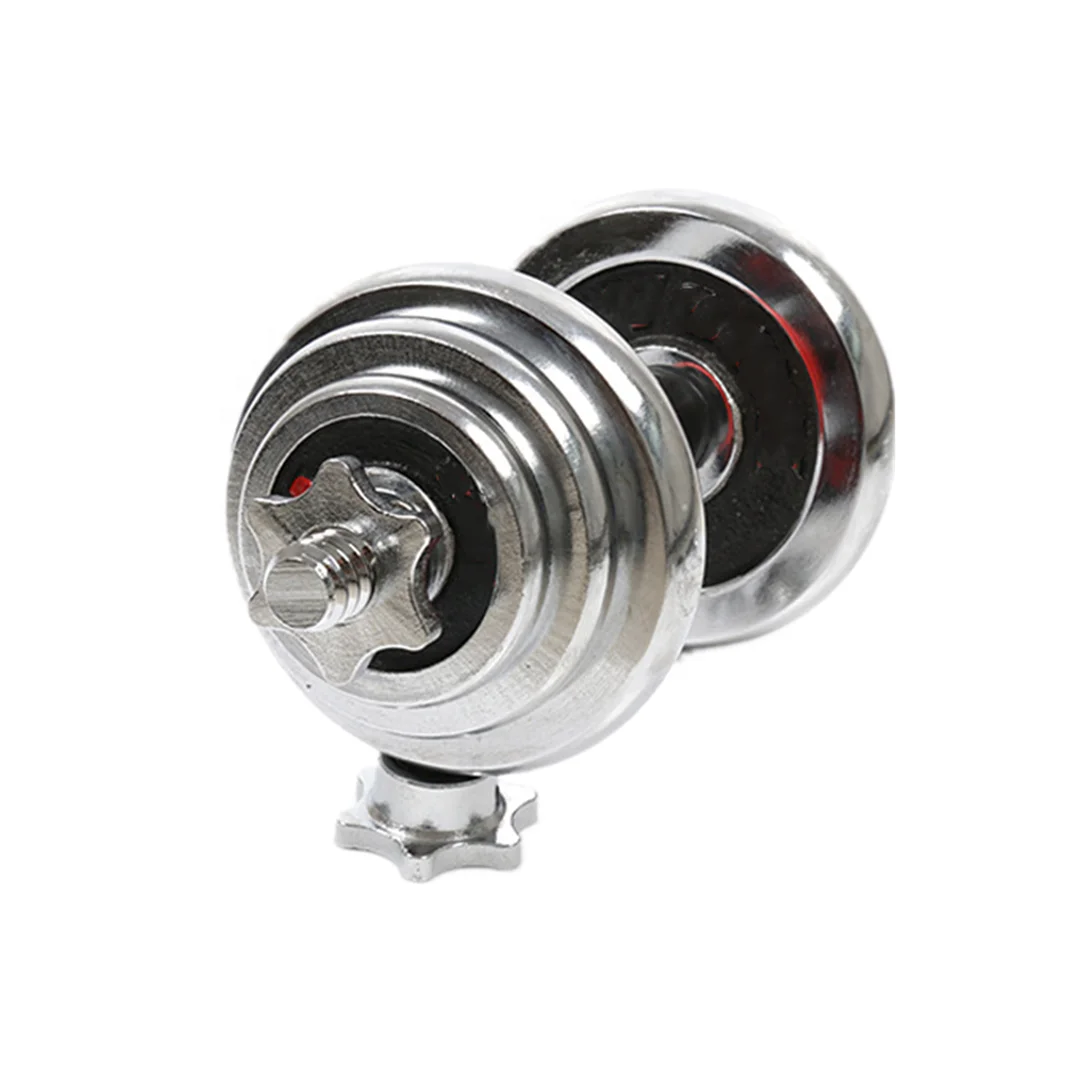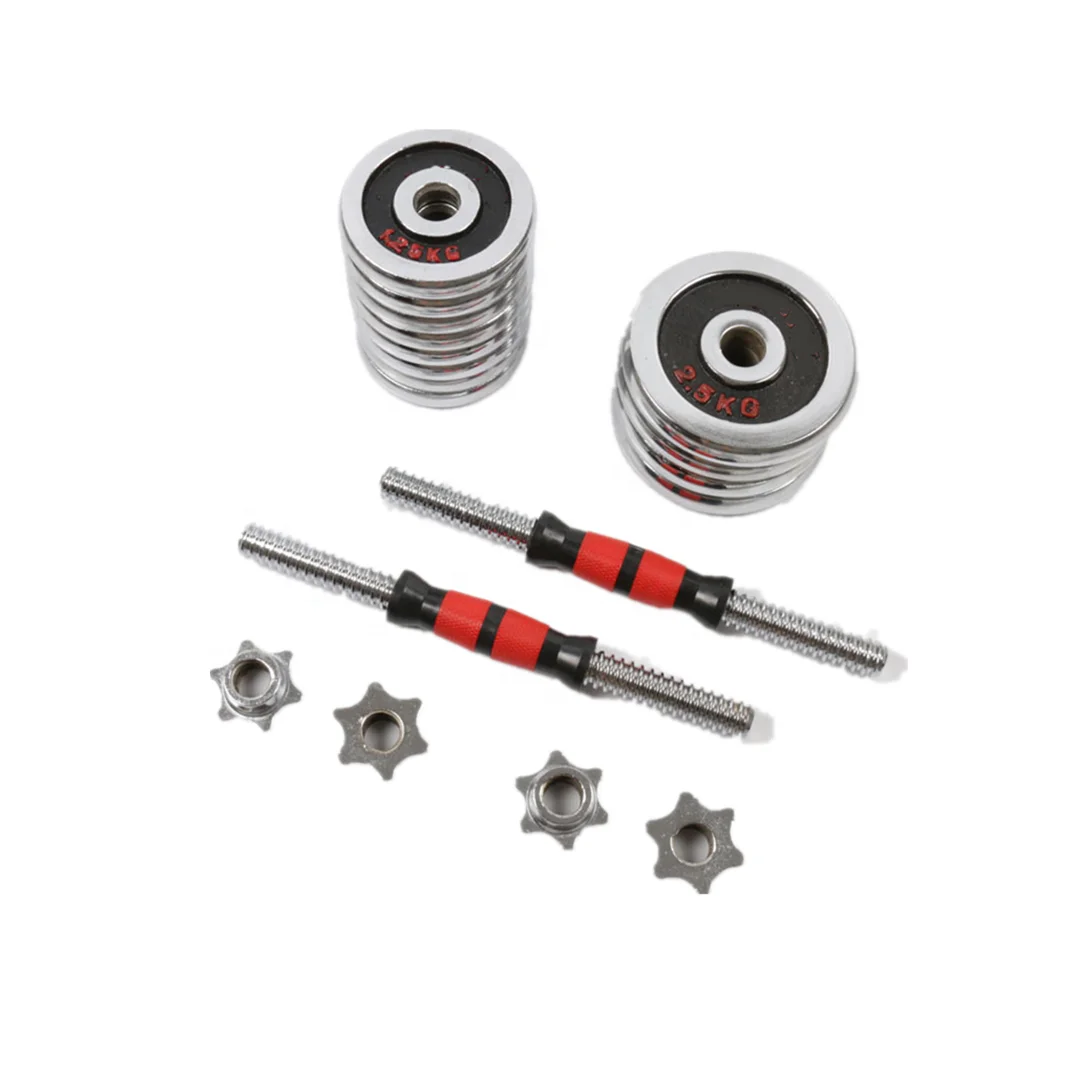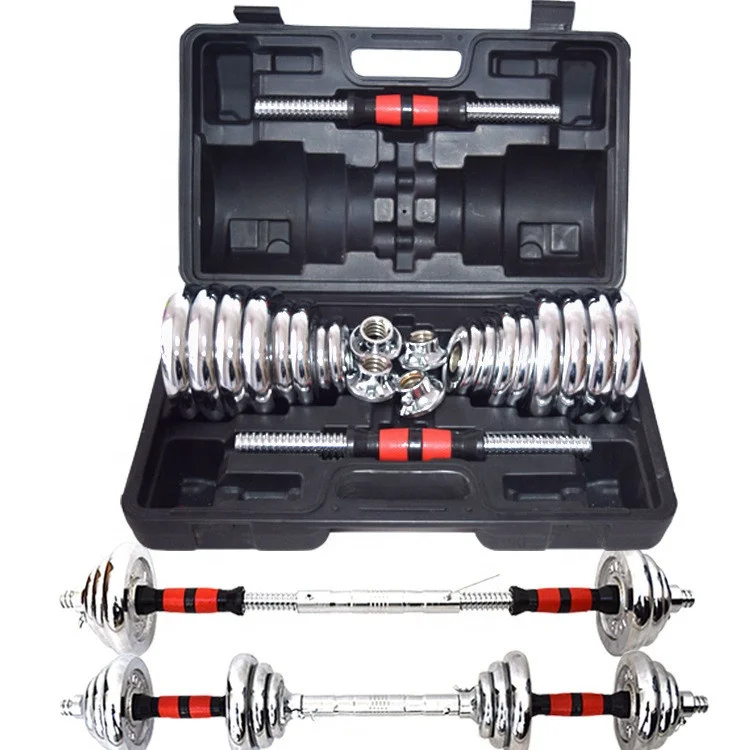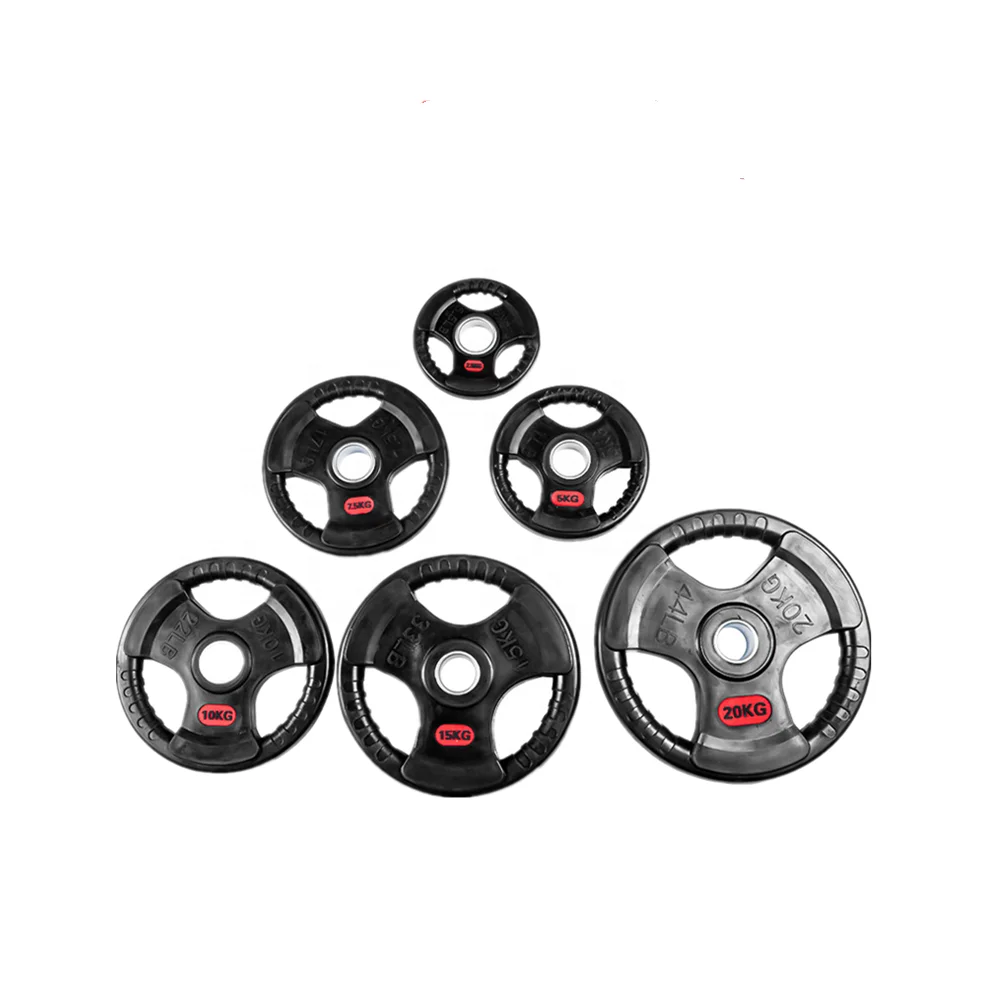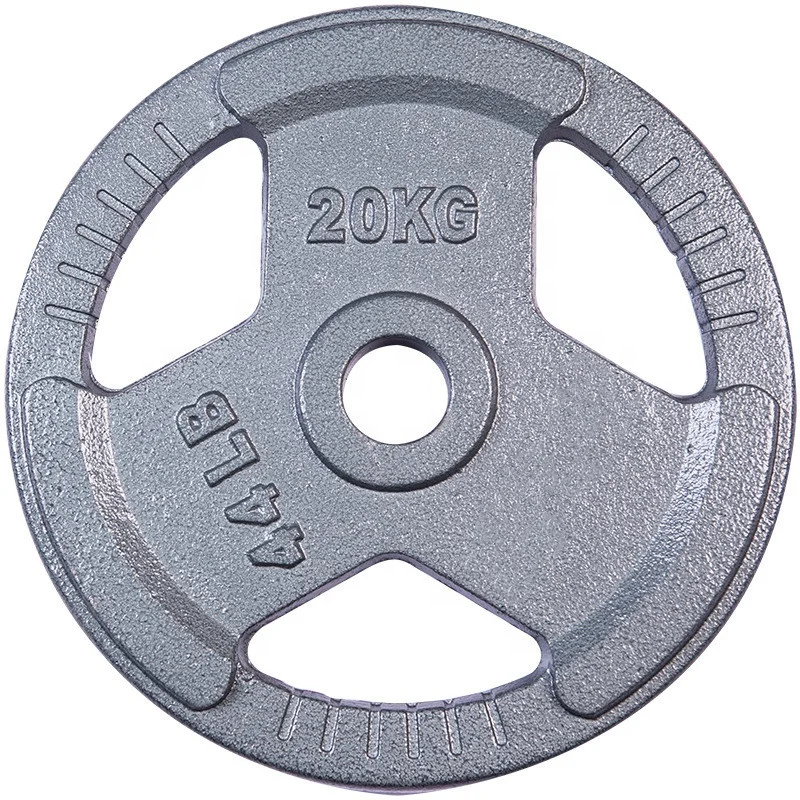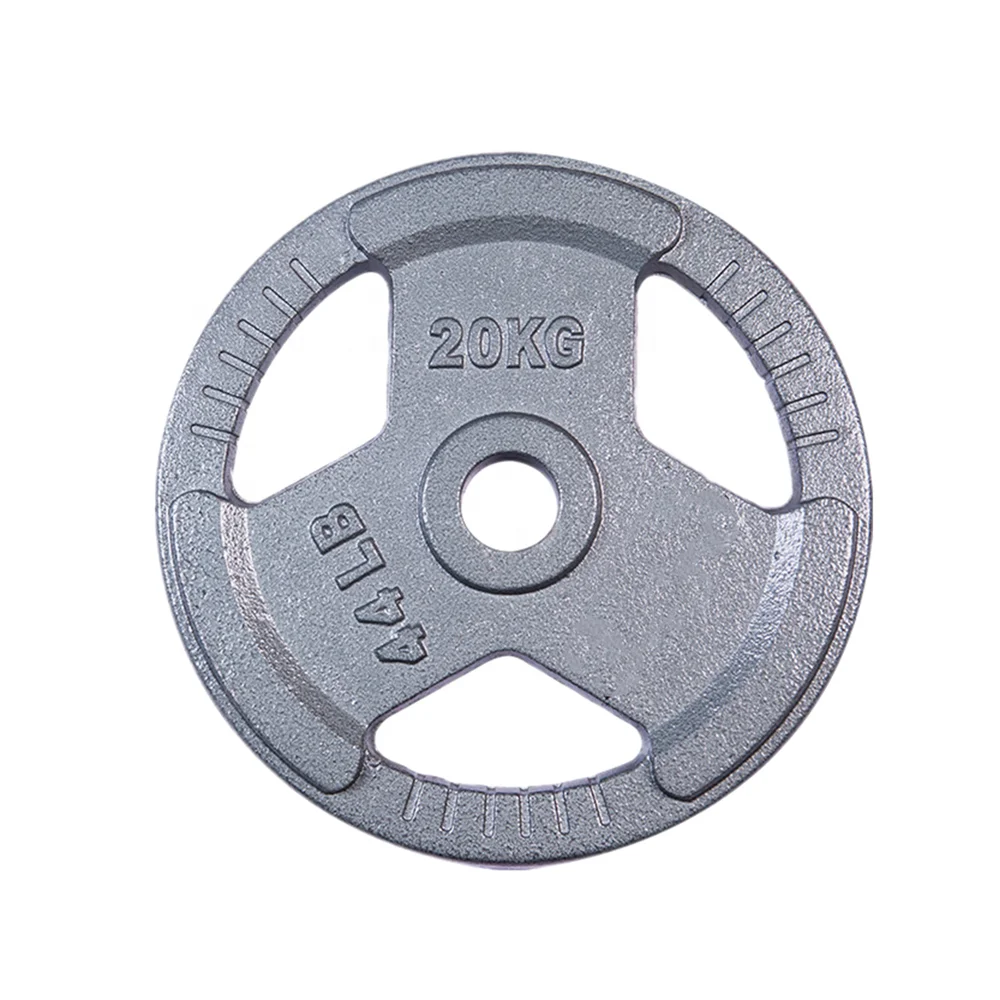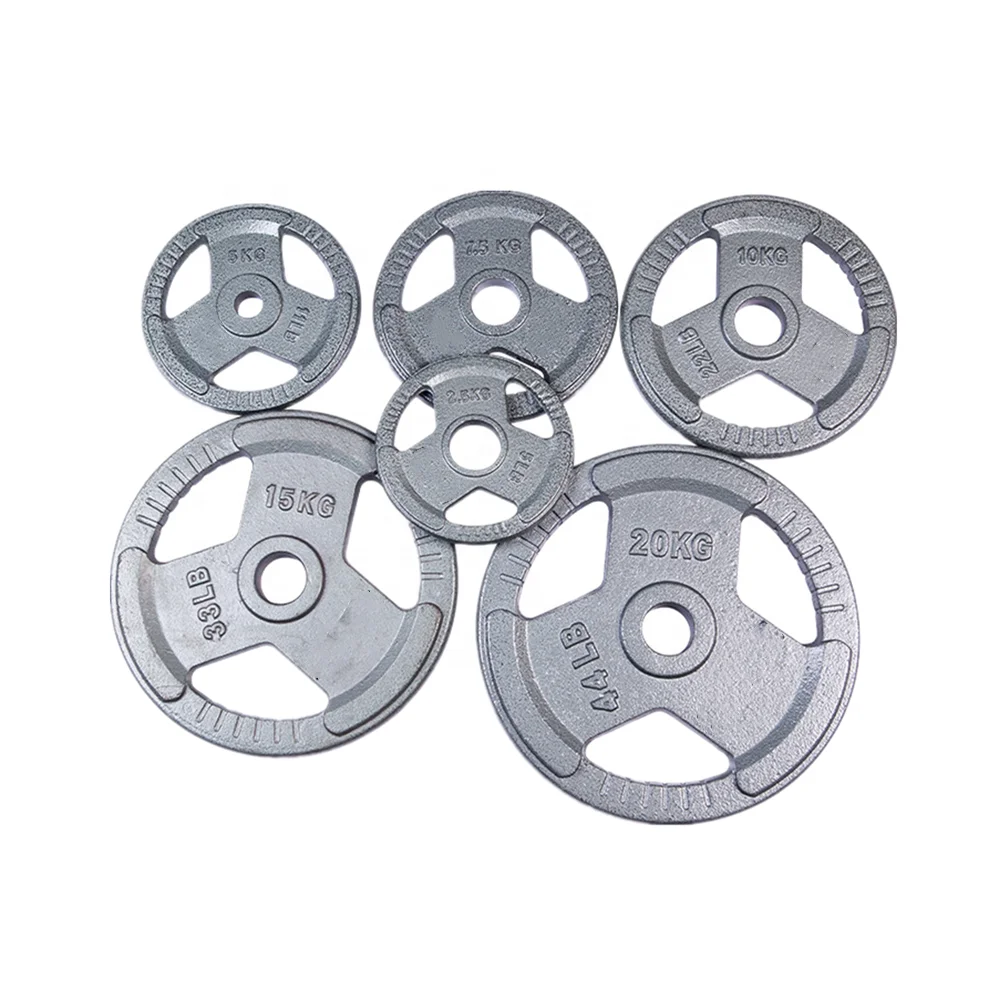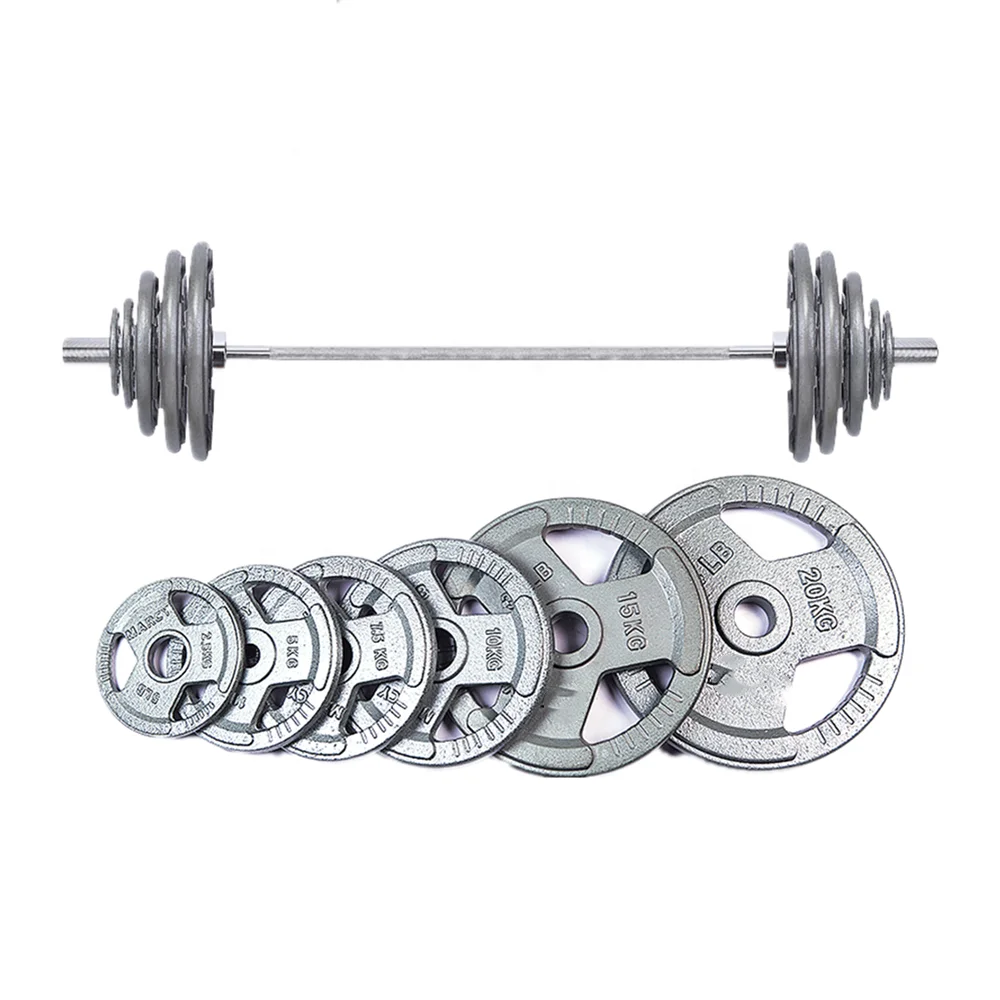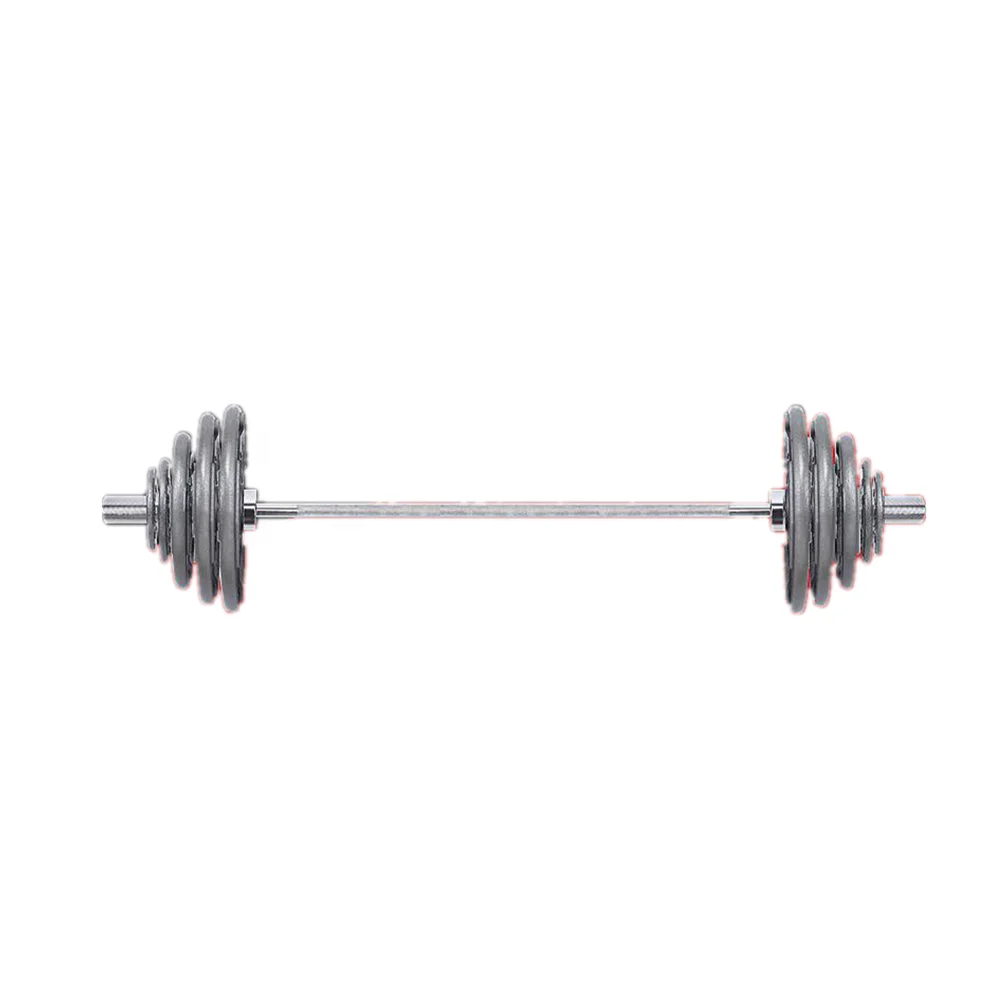The Ultimate Guide to Choosing the Right Barbells for Your Workout
Barbells are a staple in any gym, whether at home or in a commercial setting. They offer versatility, durability, and the ability to target multiple muscle groups. But with so many options available, how do you choose the right one? This guide covers everything from types and features to buying tips and reliable suppliers.
How to Find Reliable Barbells from China in 2025
China is a leading manufacturer of fitness equipment, including high-quality barbells. To find reliable suppliers, look for certifications like ISO 9001, which ensures quality control. Platforms like Alibaba and Made-in-China list verified manufacturers with customer reviews. Always request samples before bulk orders to check material and craftsmanship.
What Buyers Should Know Before Buying Barbells from China
When importing barbells from China, consider shipping costs, import duties, and lead times. Communicate clearly with suppliers about specifications like weight tolerance, knurling patterns, and sleeve rotation. Payment terms like 30% deposit and 70% before shipment are common. Always use secure payment methods like Alibaba Trade Assurance.
Types of Barbells
There are several types of barbells, each designed for specific workouts:
- Olympic Barbells: Used in competitive weightlifting, these have a 2-inch sleeve diameter and weigh 20kg for men, 15kg for women.
- Standard Barbells: Lighter and with a 1-inch diameter, ideal for beginners.
- EZ Curl Bars: Curved design reduces wrist strain during curls.
- Hex Bars: Also known as trap bars, these are great for deadlifts.
Functions and Features of Barbells
Key features to look for include:
- Knurling: Provides grip; aggressive knurling is better for heavy lifts.
- Sleeve Rotation: Smooth rotation reduces wrist strain during dynamic lifts.
- Weight Capacity: Ensure the bar can handle your max lift.
- Material: Stainless steel bars are durable and rust-resistant.
Scenarios of Barbells
Barbells are versatile and can be used for:
- Strength Training: Squats, deadlifts, and bench presses.
- CrossFit: Dynamic movements like cleans and snatches.
- Home Gyms: Compact bars like standard barbells are space-efficient.
How to Choose Barbells
Consider your fitness goals, budget, and space. Olympic bars are best for serious lifters, while standard bars suit beginners. Check reviews and warranties. For home use, a 7-foot bar is ideal; commercial gyms may need multiple types.
Barbells Q & A
Q: What’s the difference between an Olympic and standard barbell?
A: Olympic bars have a 2-inch sleeve diameter and are heavier, designed for competitive lifting. Standard bars are lighter with a 1-inch diameter, suited for beginners.
Q: How do I maintain my barbell?
A: Clean regularly with a mild detergent, and store in a dry place. For steel bars, apply a light coat of oil to prevent rust.
Q: Can I use the same barbell for squats and bench presses?
A: Yes, Olympic bars are versatile enough for both, but ensure the weight capacity meets your needs.
Q: What’s the best barbell for home use?
A: A 7-foot Olympic bar is versatile, but if space is limited, a standard bar or EZ curl bar may suffice.
Q: How much should I spend on a quality barbell?
A: Expect to pay $200-$500 for a durable Olympic bar. Cheaper bars may lack durability and safety features.











